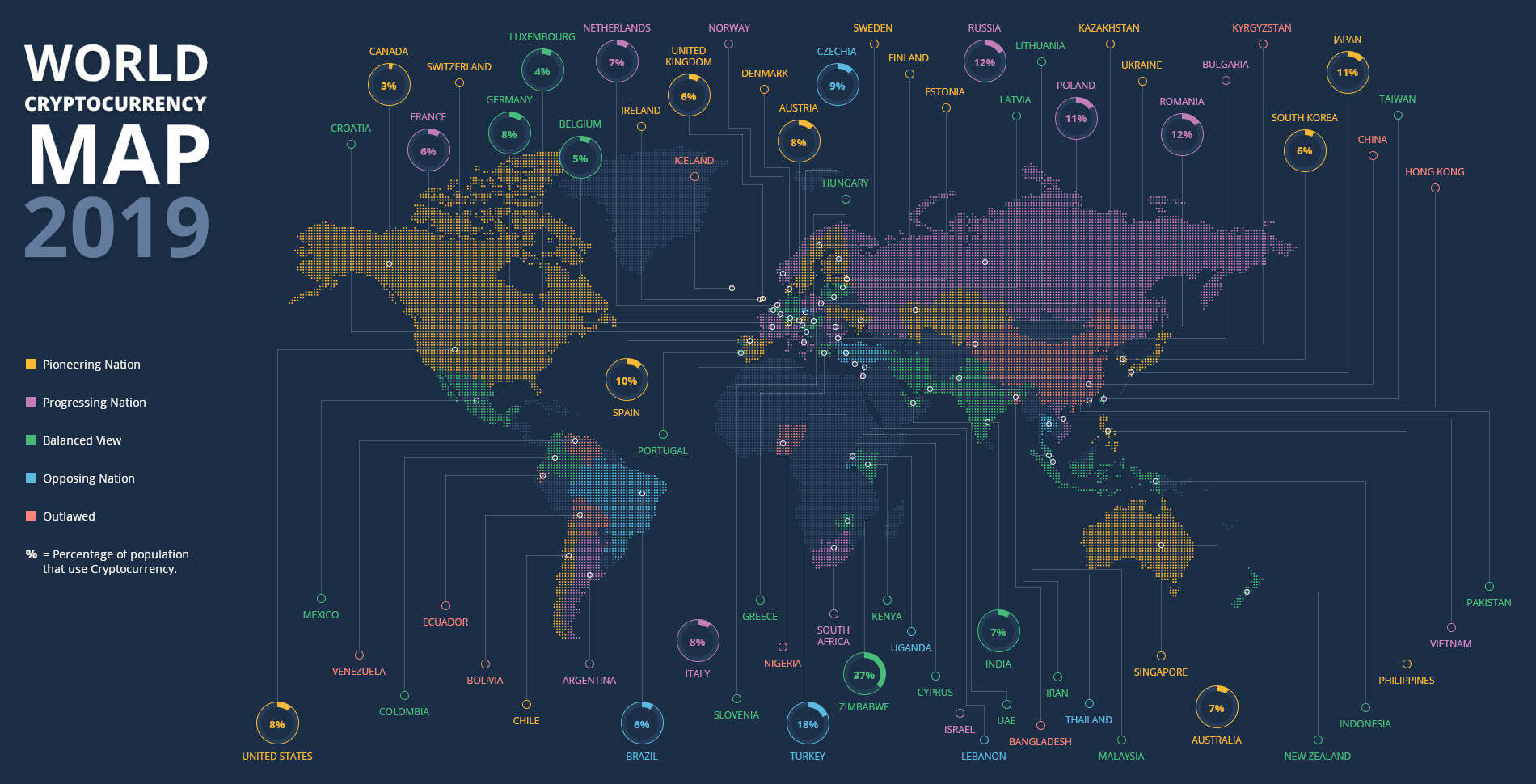Cryptocurrency is essentially a virtual currency which works on peer-to-peer architecture instead of having a centralized system that acts as a master and rest of the nodes as slaves. To understand cryptocurrency, first, we need to understand that our current banking system is a debt-based.
The money in your bank account is essentially an amount that you have loaned to the bank on a small rate of interest, and the bank uses that money to invest in projects that it deems fit to earn a profit. For instance, the rate of interest at which bank loans you money is higher than what the bank pays on the money in your saving account, hence keeping the institution profitable.
Well, many might argue that using a credit card also allows them to buy products and services from other countries so why do we need cryptocurrencies?
It is important to understand that a cryptocurrency is not just digital money. For instance, if you take Bitcoin as an example, the currency is just a function or program of Bitcoin. Anyone with a smartphone can essentially act as a bank with Bitcoin, which is why it is also called programmable money.
Another edge that blockchain-based cryptocurrencies have that conventional currencies do not, is the fact that they are not confined to a single country or a group of countries but global hence it is borderless in real sense. This allows cryptocurrency owners to avoid censorship and control from the government.
You might find it interesting that for fighting to block cryptocurrencies for years, several banks have now started rolling out their versions of cryptocurrencies. The point to note here is that they market these new cryptocurrencies as transparent and borderless but they are not based on blockchain, making them just another currency which is based on master-slave architecture.
To learn more about the global acceptance of various cryptocurrencies like Litecoin, Ethereum, Bitcoin, and more check out this infographic from TotalProcessing.



